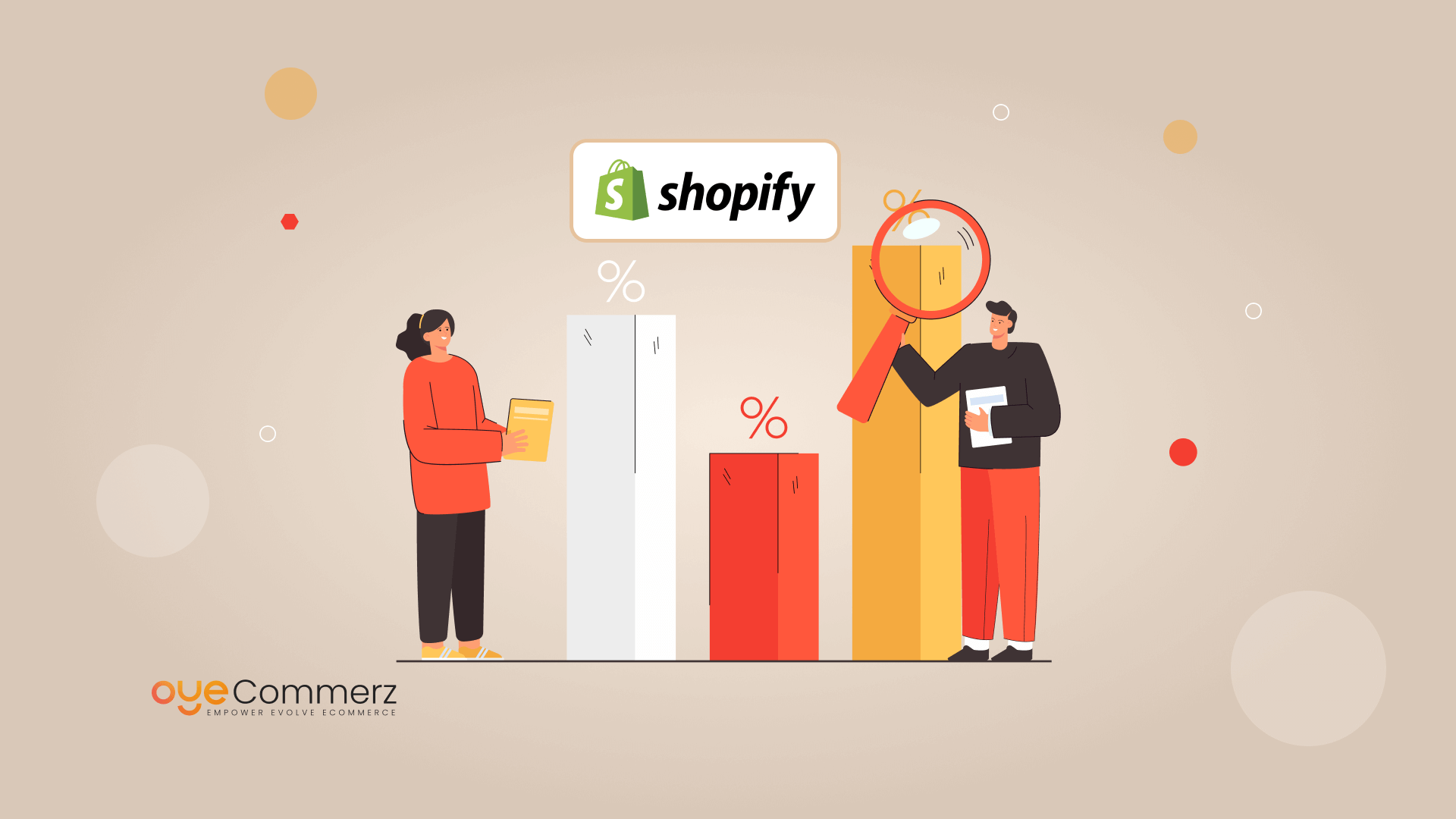
Starting Point
In the current competitive e-commerce environment, Shopify merchants are constantly seeking ways to maximize revenue and streamline their workflow. One powerful approach is through personalized Shopify applications customized to meet specific business needs. Connecting with the Shopify API and leveraging platforms like the Polaris design system, such applications equip companies to grow sustainably while boosting customer experience. In this article, we’ll dive into important facets of Shopify app-building, from design factors and key components to best practices for upkeeping and expanding app capabilities efficiently.
1. Comprehending Shopify API Linkage
A strong grasp of Shopify’s API—both REST and GraphQL—is essential for creating robust Shopify apps. With these interfaces, engineers can fetch, update, and manage data within a Shopify store. The Graph Query Language interface offers optimized data handling, facilitating faster outputs by retrieving only the necessary information. Integrating the API permits programmers to tailor app capabilities to the organization's unique needs, providing a seamless customer interaction that boosts business productivity and income.
2. Employing the Shopify’s Polaris framework
Shopify’s Polaris framework helps developers to design a unified and intuitive interaction across Shopify applications. Polaris provides a set of elements and recommended practices that align with Shopify’s branding, creating apps appear native within the Shopify platform. This strategy doesn’t just aids intuitive user interactions but also aids maintain visual identity, an important component in creating confidence with customers.
3. Building within the Shopify App Ecosystem
The Shopify app ecosystem is vast, permitting developers to build integrated Shopify apps that function in a business’s management system. Integrated applications streamline the interface by linking directly within Shopify’s platform, eliminating the necessity for distinct sign-ins or additional navigation. For programmers, employing Node.js for server-side processes and the React framework for the user interface has become a favored option, as these technologies allow growth-ready, user-friendly applications that provide an optimal UX.
4. Essential Features for Shopify Applications
A successful Shopify application needs functionalities that resolve key pain points in the digital sales process. Webhooks for instant updates, custom theme style settings, and multi-platform sales features are vital additions that can improve business oversight and customer engagement. By implementing these features, Shopify applications not only simplify internal operations but also enhance the overall customer experience.
5. Key Strategies for Application Building
When creating Shopify applications, it’s essential to adhere to optimal techniques. Support plans such as regular updates, client help, and safety measures are necessary for maintaining customer loyalty. Digital marketing for Shopify apps can also be utilized to boost app exposure and downloads. Interaction boosters, such as app alerts and reward systems, are key for maintaining a user base and creating a devoted following.
6. Scaling Shopify Apps for Success
As Shopify stores grow, expanding app capabilities becomes critical to handle increased traffic and feature requests. Leveraging on-demand resources and prioritizing efficient data handling through GraphQL can help apps expand without lagging. It’s Shopify tools from Oyecommerz also necessary to have a strategy for expanding the app’s infrastructure to manage increased demand, which includes a checklist for choosing a development partner with background in Shopify applications.
7. Evaluating the Cost of Developing Shopify Apps
Creating personalized Shopify apps can differ widely in cost depending on the functions, integrations, and unique adjustments necessary. Key features like backend linkages, client-facing features, and online reach options can increase expenses. However, the profit potential is often worthwhile, as these applications can immediately improve sales and optimize business processes.
8. Support Plans
Maintaining an app is equally necessary as creating it. Frequent patches to address issues, boost safety, and ensure compatibility with the new Shopify versions are key. Forward-thinking upkeep methods also include client help and feature enhancements that match changing online shopping trends.
9. Platforms for Building Shopify Apps
Shopify provides various tools to streamline the development process, from software platforms like Node.js and React.js framework to Webhooks for instant alerts. Platforms including Shopify’s CLI simplify the app creation path, while Shopify platform integration Shopify App Bridge enables internal apps to work smoothly with Shopify’s management dashboard. These options are invaluable for developing solutions that are both functional and easy to use.
10. Future Trends in Shopify Application Building
The outlook of Shopify app development is promising, with new directions pointing towards machine learning tools, enhanced omnichannel capabilities, and new application add-ons. As online shopping develops further, developers will be required to anticipate new directions to build apps that don’t just fulfill but exceed customer needs.
Summary
Personalized Shopify software provide a effective solution for e-commerce businesses to scale efficiently, increase revenue, and optimize processes. From API integration and the Polaris design system to advanced features and maintenance strategies, every component of Shopify app creation plays a crucial role in ensuring a smooth journey for shoppers. As Shopify moves forward, keeping up with future trends in app development will enable organizations fully utilize Shopify’s extensive platform, strengthening their standing in the online shopping landscape.